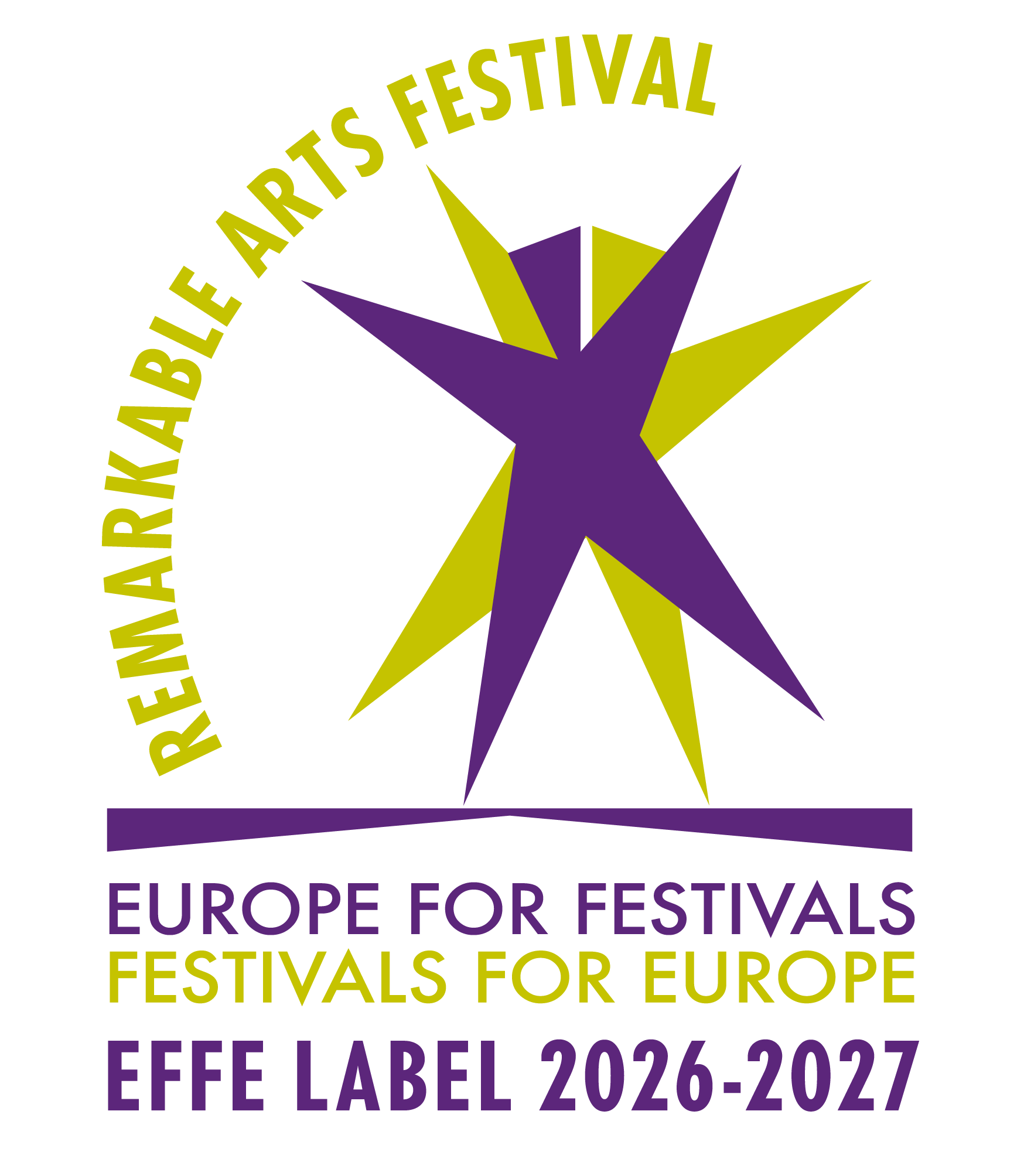L’ŒIL ÉCOUTE
Tristan Murail / Les Temps Modernes
May 10, 2012 21:30
Stazione Leopolda di Firenze | IT
Treize Couleurs du soleil couchant
Liber Fulguralis
L’Esprit des dunes
a project by Tristan Murail and Hervé Bailly-Basin
in collaboration with Suona francese
Conservatoire de Lausanne – MartLab / Conservatorio Luigi Cherubini Firenze – Vivavoce
An itinerary in the music of Tristan Murail, one of spectral music’s principal founders and theoreticians.
Treize Couleurs du soleil couchant. This work for flute, clarinet, piano, violin and cello, is one of the Murail’s most frequently performed and the earliest realization of live electronics. After an introductory sequence around the frequency E, the entrance of the piano marks the first colour on E flat. Murail offers us variations of light with relations of one colour to the next by harmonic drift. He explains his process as follows: “Starting from medium brightness in the first sections, the timbre progresses towards a reverberating light marked by a very tight interval in the upper range to arrive at a dusk that, at the very end, sounds like a knell.” With his series of paintings of the same subject at different times of the day (haystacks, poplars, cathedrals), Claude Monet attempted to measure the degrees of light and tints. Murail, in an analogous process, through the repetition of the same musical object within each section, transports the listener from one round colour to another through thirteen successive shades, going from dim to brilliant, pure to saturated, from incandescent bursts to the progressive removal of light intensity.
Liber Fulguralis is a “joint creation” with musical and visual components developed simultaneously by Tristan Murail and Hervé Bailly-Basin. Inspired by the ancient oracle’s art of interpreting lightning, this work elaborates on the ramifications of a single strike of lighting. In this work the sound’s motion combines with that of the image. Hervé Bailly-Basin further develops procedures found in his preceding collaborations with Murail: shots taken at different speeds and scales are excerpted from fragments whose re-composition with completely synthesized elements brings forth a “vision” of an entirely different order, at the limits of perception, of the imagination and of symbolism.
L’Esprit des dunes. Deserts have always had a particular attraction for Murail. In the present work, however, the desert is evoked as much for its psychological resonances as for any technical analogy.
For the first time in Murail’s output, there is an explicit allusion to the music of other cultures, as the sounds from which the music is derived are taken from the traditional musics of Mongolia and Tibet, both countries dominated in their different ways by deserts of a sort – the Gobi Desert in Mongolia and the craggy, sparsely populated mountain landscapes of Tibet.
The video of Hervé Bailly-Basin on L’Esprit des dunes is presented as a world première.
Founded in 1993 in Lyon by clarinetist Jean-Louis Bergerard and flutist Michel Lavignolle, the ensemble Les Temps Modernes brings together musicians eager to defend and promote the contemporary repertoire, and especially the great works of the twentieth century. Chamber music and works for ensemble, repertoire and original creations constitute the identity of the group. Les Temps Modernes have performed in many festivals in France (Strasbourg, Dijon, Paris) and abroad (Geneva, Montreal, Tallinn, Vilnius).
The leading exponent of so-called “spectral” music, Tristan Murail has done more than any other living composer, not only to challenge accepted ways of writing music, but to redefine our understanding of the very nature of musical material itself.
A student of Olivier Messiaen, he won the Prix de Rome in 1971 and spent two years at the Villa Medici. Upon his return to Paris, he founded the Itinéraire ensemble with a group of young composers and performers. The group became widely renowned for its groundbreaking explorations of the relationship between instrumental performance and many aspects of electronics. In the eighties, Tristan Murail began using computer technology to further his research into acoustic phenomena. This lead him to years of collaboration with the IRCAM, where he taught composition from 1991 to 1997 and helped develop the Patchwork composition software. Tristan Murail is a professor of composition at Columbia University, New York.
Les Temps Modernes is supported by Direction Régionale des Arts et de la Culture Rhône Alpes, Région Rhône Alpes, SACEM and Ville de Lyon.
This concert is supported by Spédidam.



